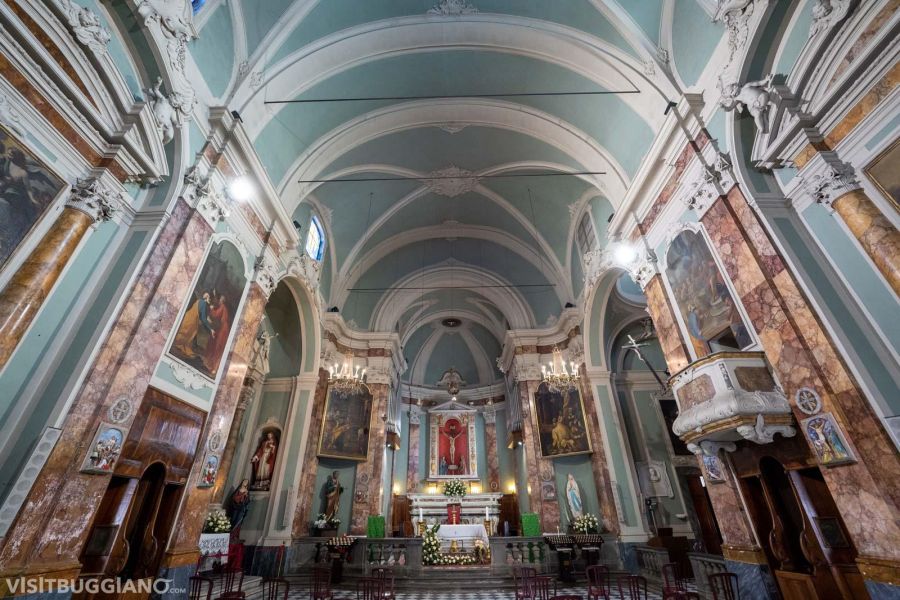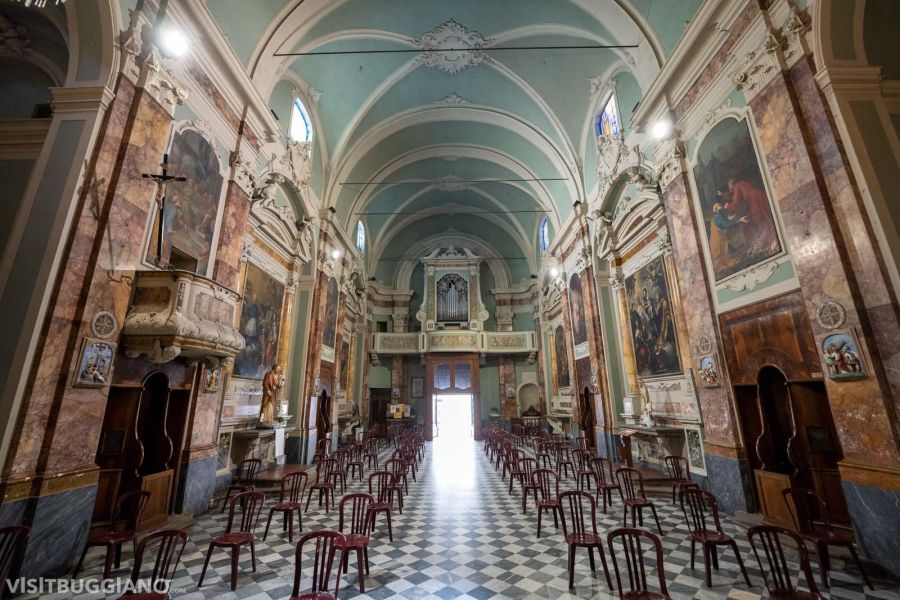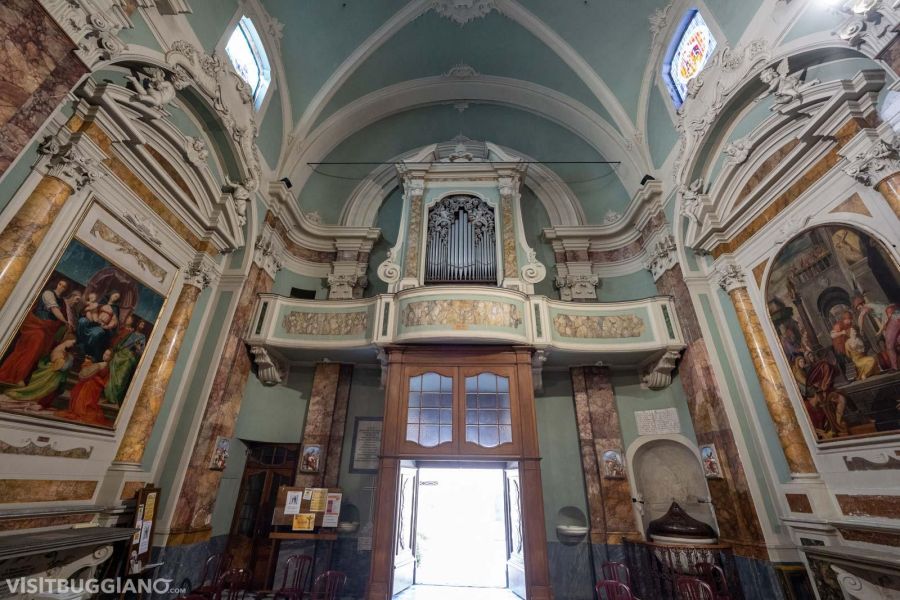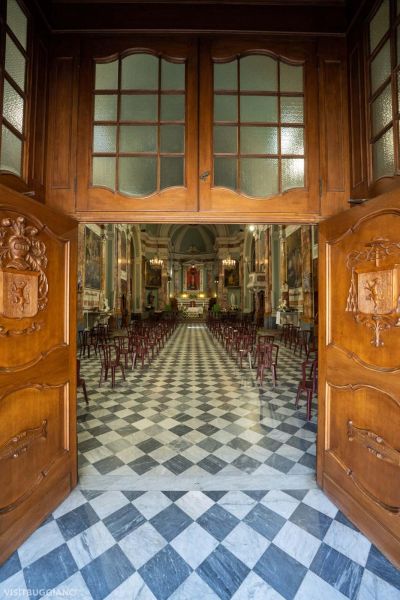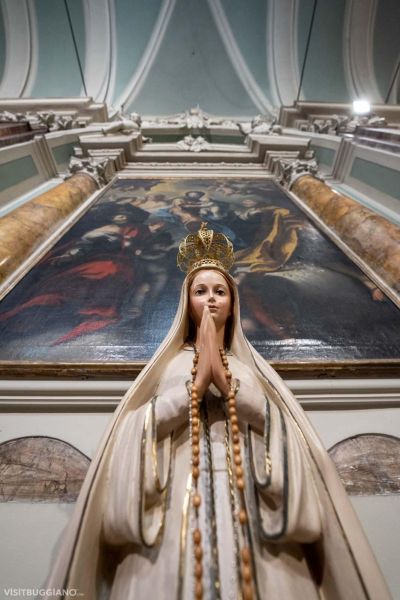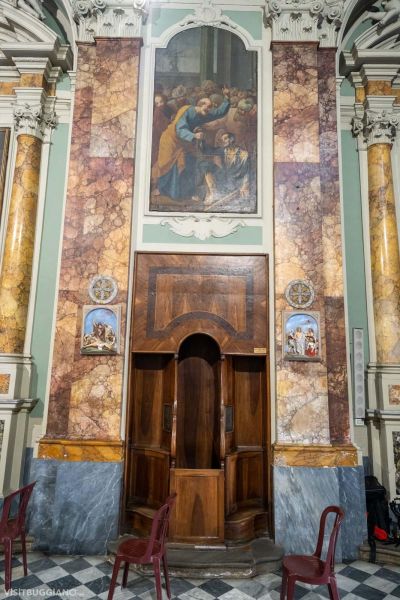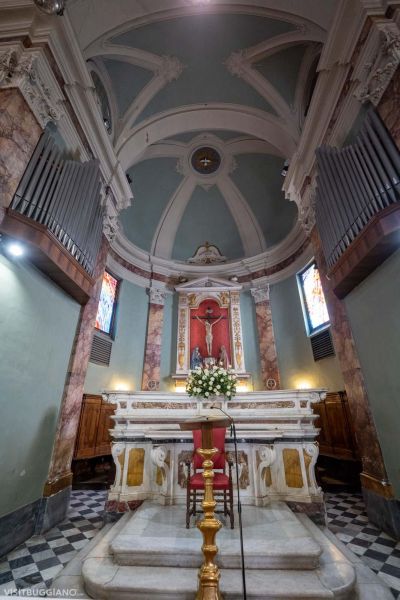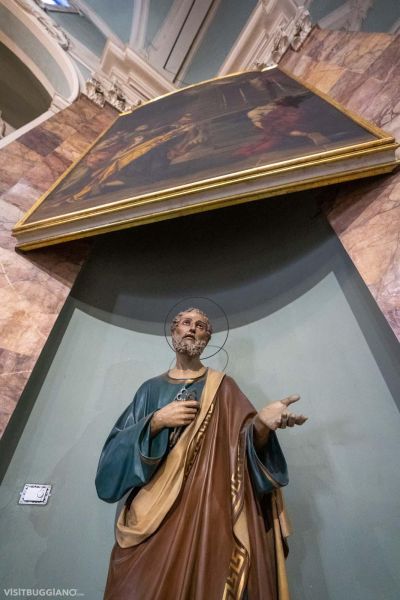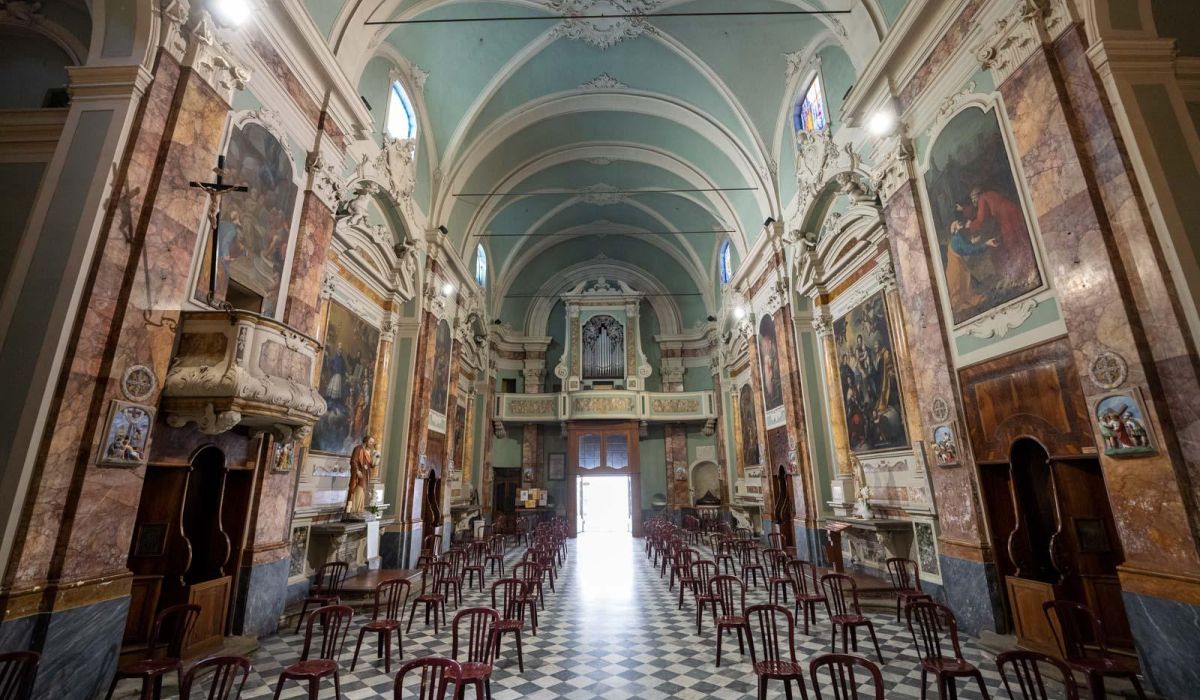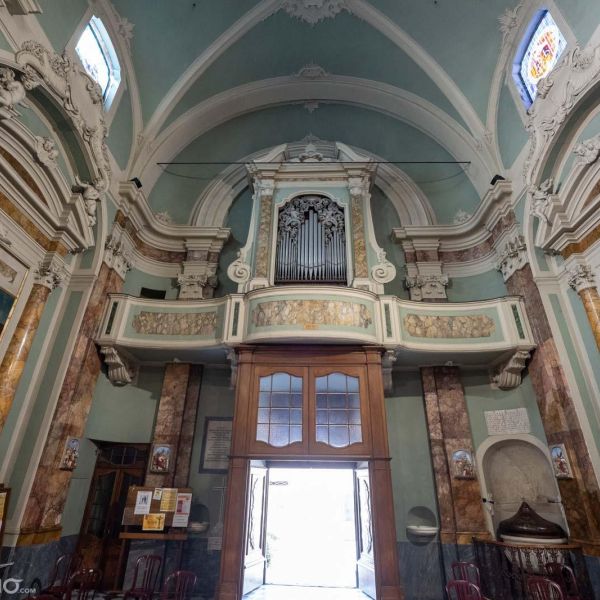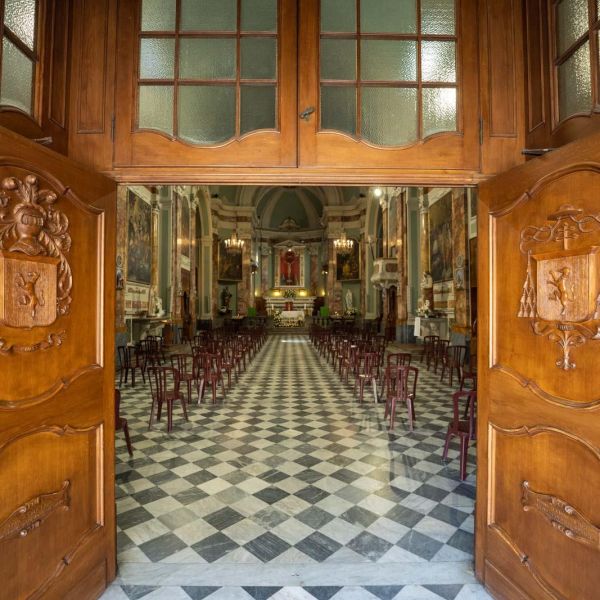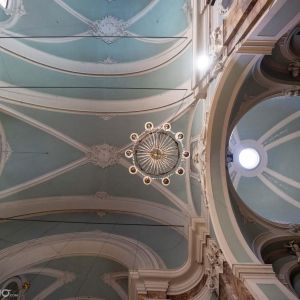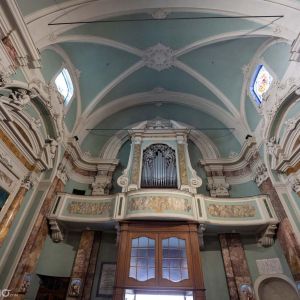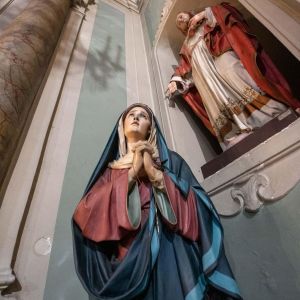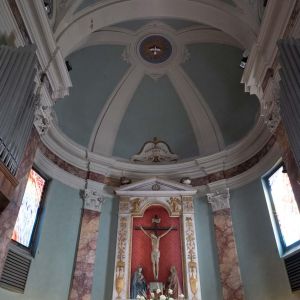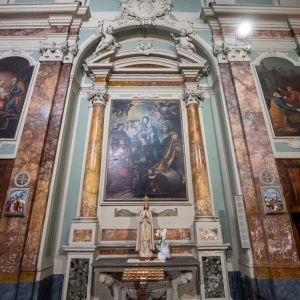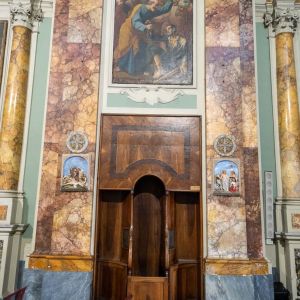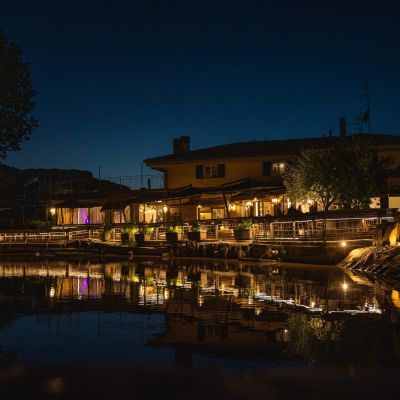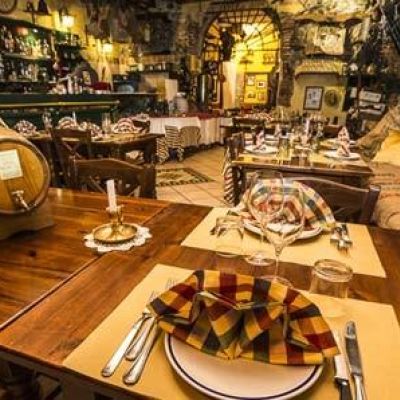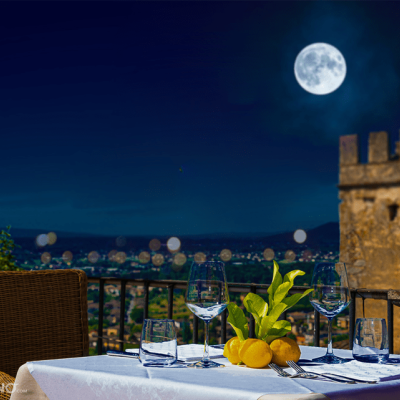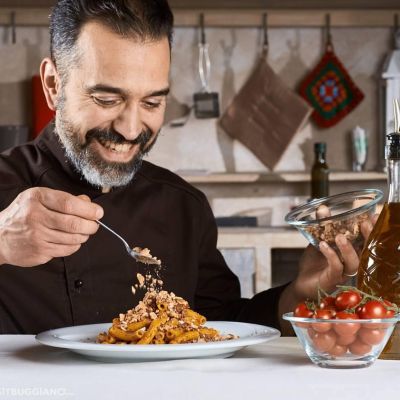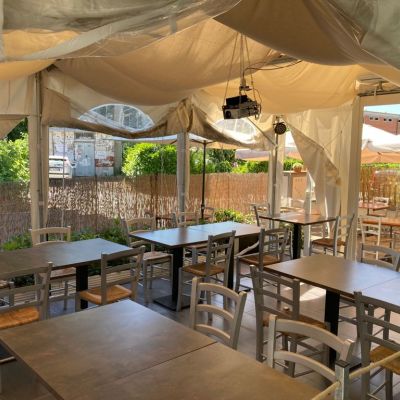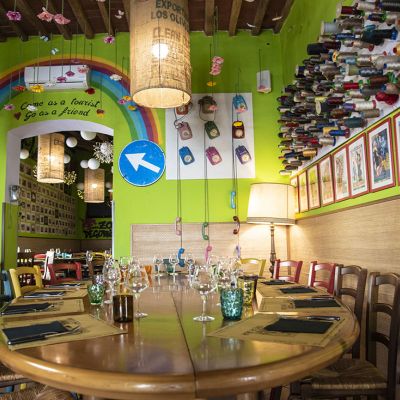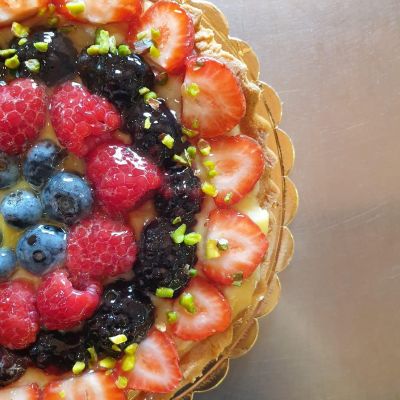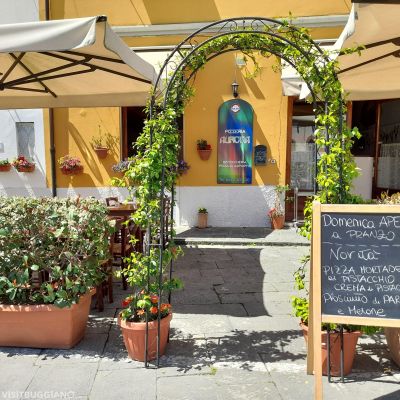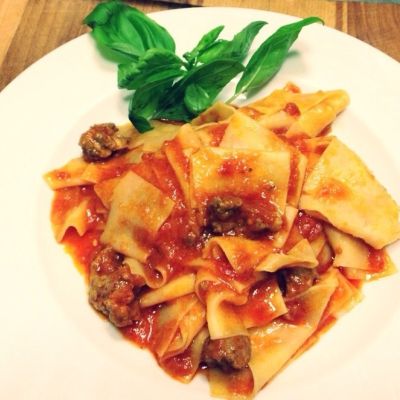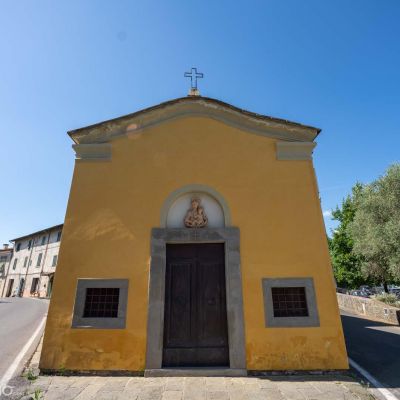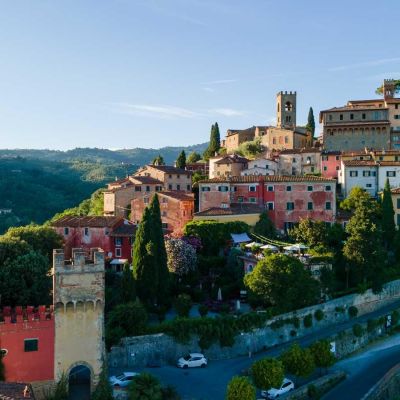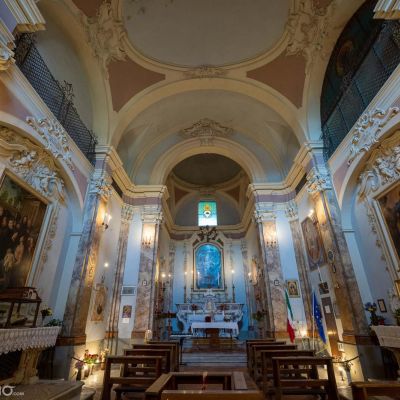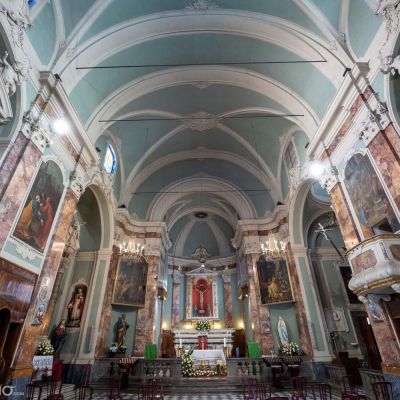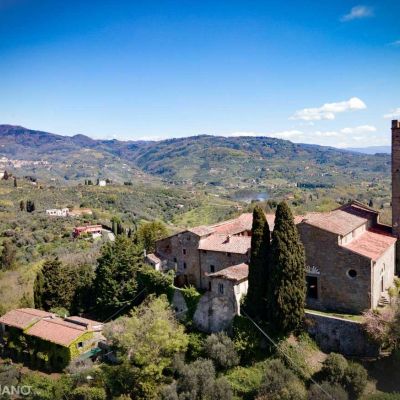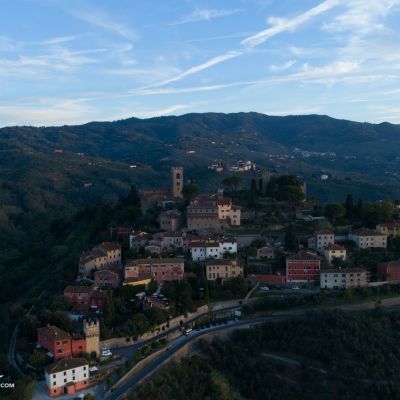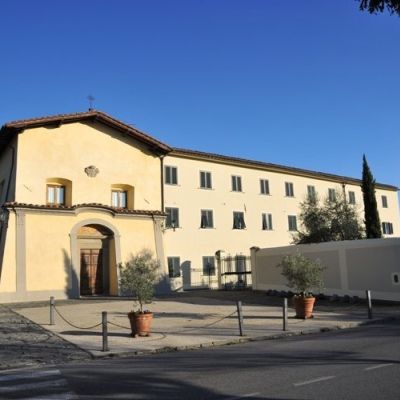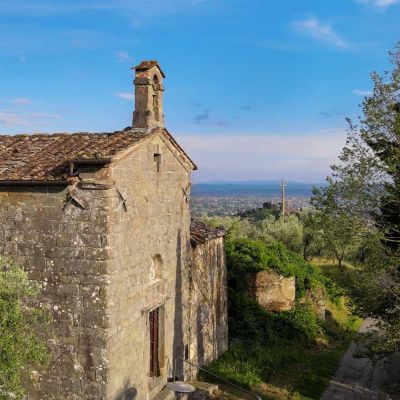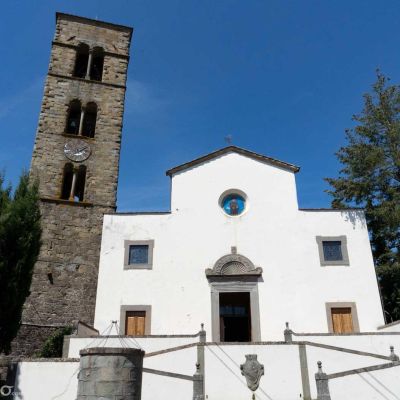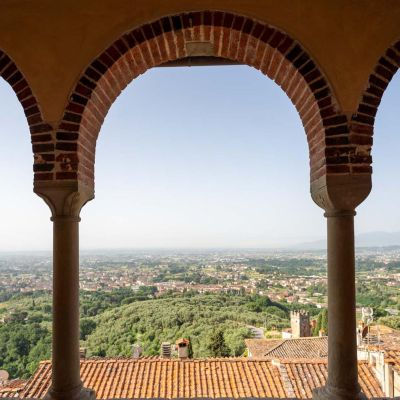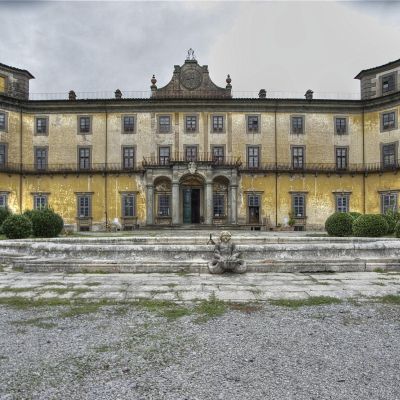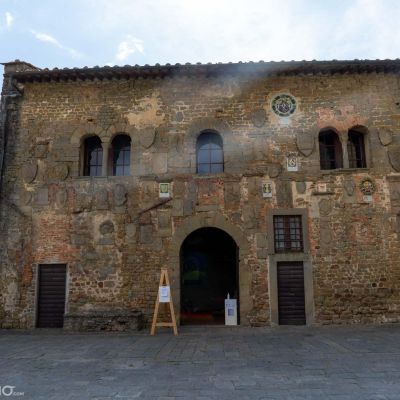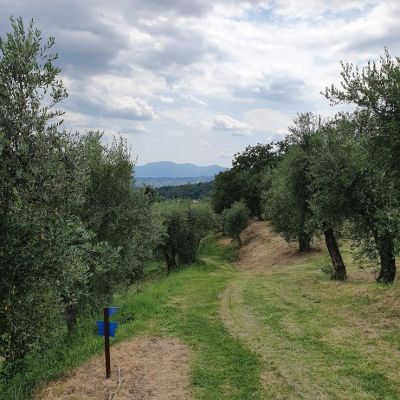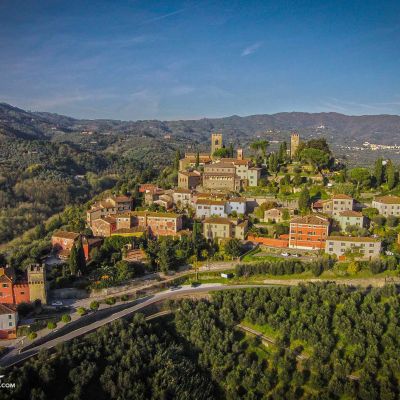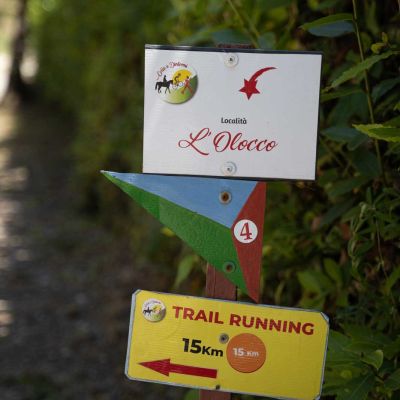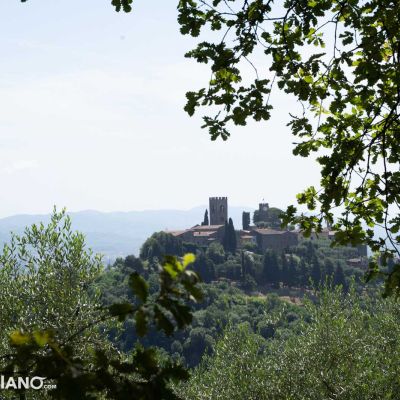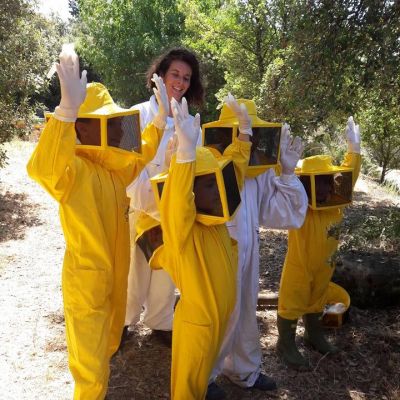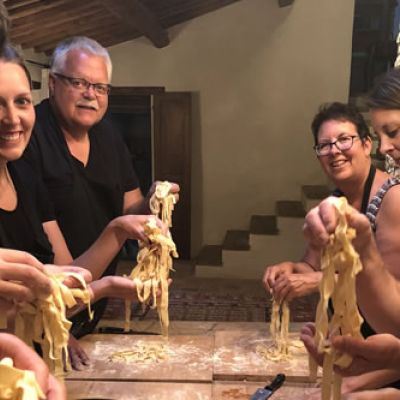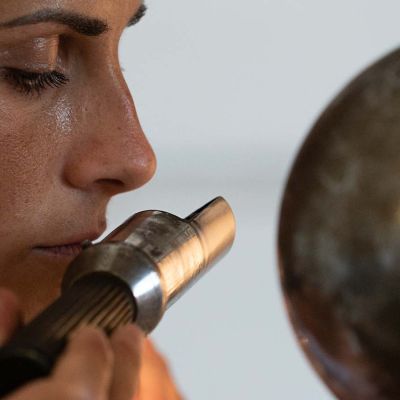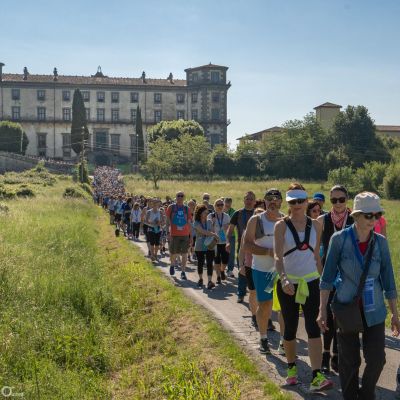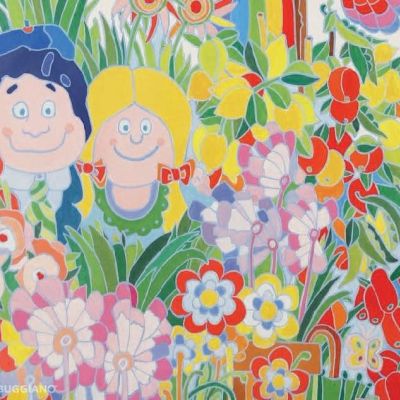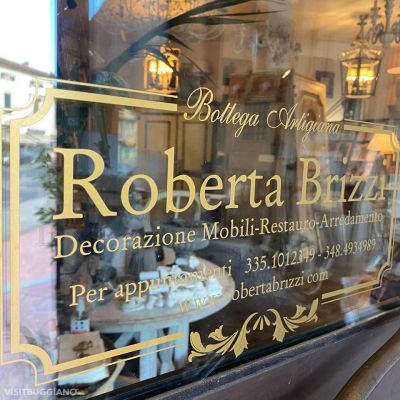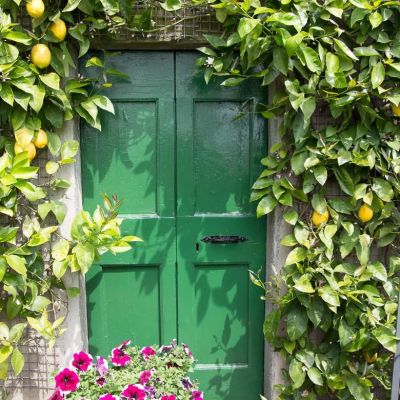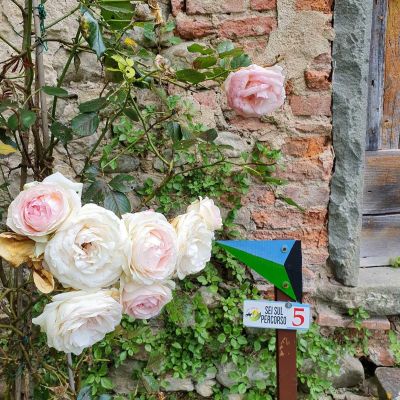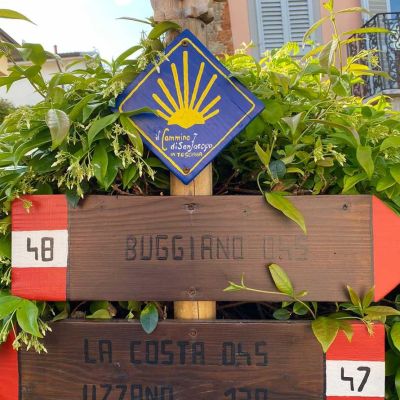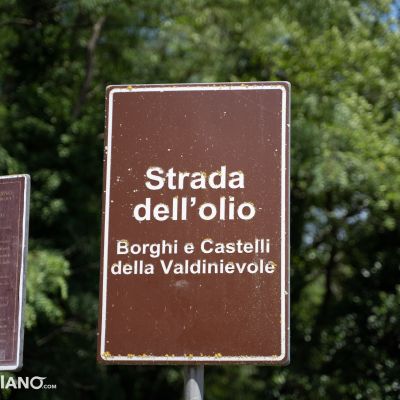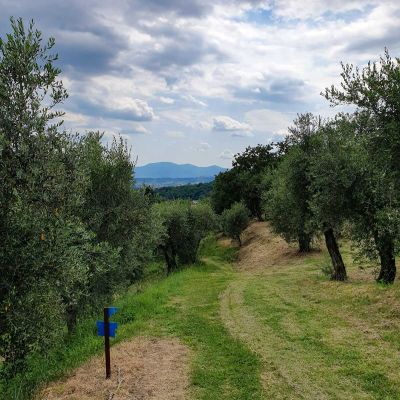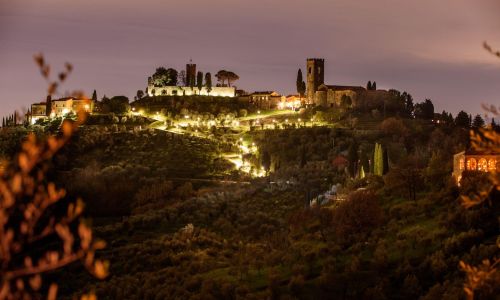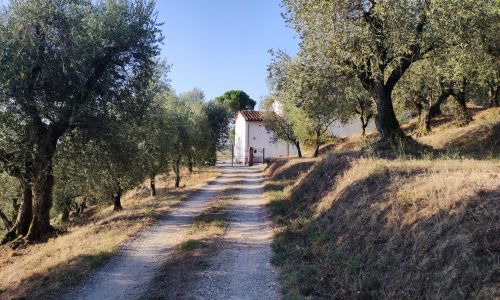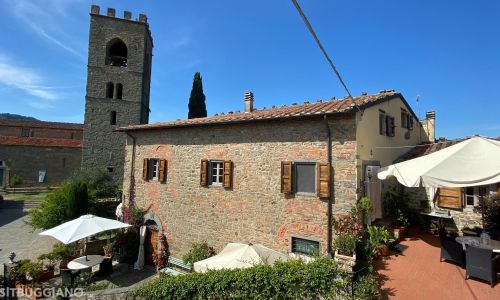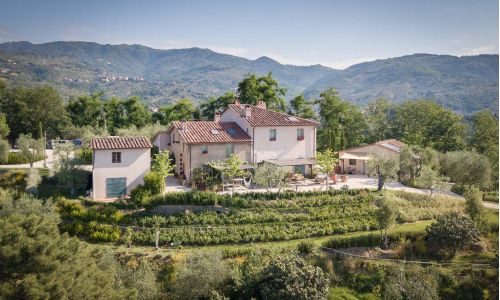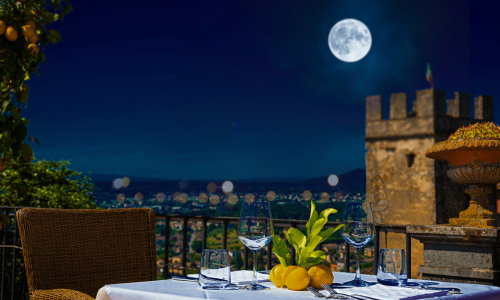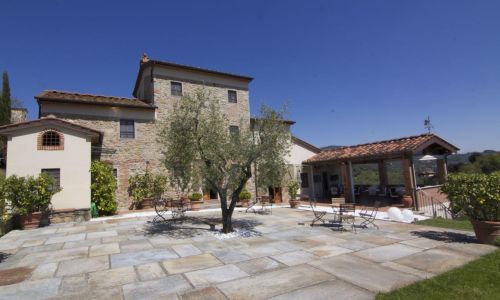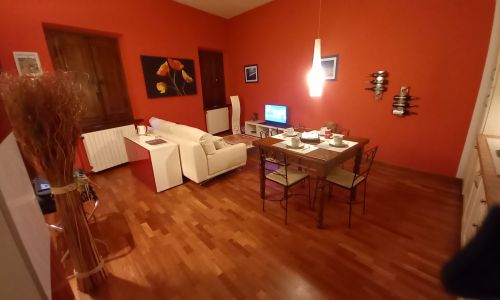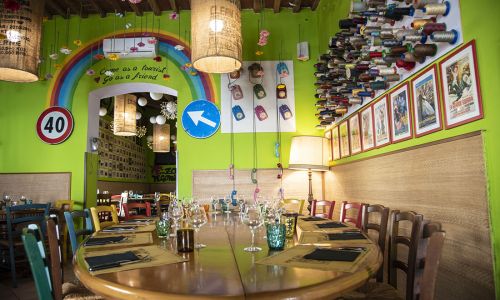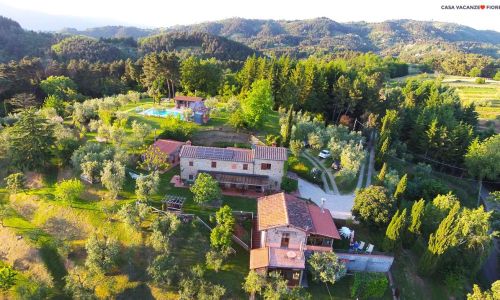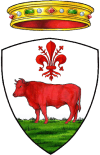The Church of San Pietro is located in the historic centerof Borgo a Buggiano.
Initially it was to be an adjoining oratory and for the use of the hospital of the same name that welcomed pilgrims and merchants who transited on the nearby Via Cassia-Clodia, in transit between Florence, Pistoia and Lucca.
Over time it was enlarged and transformed, the interior was completely rebuilt in Baroque style in 1772 by the Tuscan architect Antonio Zanone, decorated with stucco by the hands of Matteo Arrighi and Giuseppe Vannetti.
A tabernacle was built in the choir with a neoclassical frame and was moved here from the convent of Montecatini high, a splendid high altar.
The simple stone-tanned facade is all that remains of the original fourteenth-century building.
Among the stones there is one in particular that bears an inscription and recalls the destruction of the locks of Cappiano and the mills of Fucecchio and Santa Croce at the hands of the inhabitants of Borgo a Buggiano, Montecatini, Monsummano and Montevettolini in 1412. The locks kept the draining waters of the marsh creating stagnations and flooding that made the area unhealthy.
The chain that you see on the facade is one of those that closed the locks.
The history of a miracle that has been handed down for centuries revolves around the Church. The end of the fourteenth century was an era marked by atrocious struggles between the Guelph and Ghibelline factions, strongly present also in Valdinievole.
On August 18, 1399, during incessant fighting between countrymen, a desperate woman took refuge in the Church to pray and knelt before the Council, saw it “shed alive blood” from the face, from the side, from the hands and from the feet. He shouted at the miracle! Shocked and shaken, he ran out to call the people into battle, who heard of the miracle and calmed down and put an end to hostilities.
Thus was born a real veneration of the Crucifix that recalled, even in the centuries to come, religious from the whole area and that also attributed to the church the name of the Sanctuary of the Most Holy Crucified.
In the eighteenth century then another miraculous event helped to strengthen faith in this sacred image. Between 4 and 5 May 1799 a revolt broke out against the passing French troops who on the night of the 5th plundered the country threatening to set it on fire. The escaped danger was attributed to the Crucifix and in addition to August 18 also May 5 became a day dedicated to remembrance, with the holding of religious and civil celebrations.
The miraculous Crucifix is still found in the choir, behind the high altar. Made of wood in the first half of the fourteenth century represents the figure of Christ with deep suffering, with eyes and mouth half-open and a marked muscular tension, according to the iconography of “Christus Patiens“. The work is attributed to the Master of the Crucifix of Camaiore, who also realized other Crucifixes scattered in the Churches of Valdinievole. and
On the side there are two painted terracotta statues of the 16th century Romans depicting the Virgin and Saint John, attributed to the school of the Buglioni, collaborators of the Della Robbia of Pistoia, of which the friezes of the Ceppo Hospital are well known.
The pictorial patrimony inside the Church is really very rich.
“The martyrdom of St. Agatha“, a sixteenth-century table of uncertain attribution. The scene takes place against the background of an architecture and at the bottom right is depicted a couple of nobles, perhaps the clients.
On the altar of the Chapel of the Rosary (built in 1756) there is the “Madonna and Child between St. Dominic and St. Francis“, dating back to the first decade of the 16th century.
The work is attributed to Bernardino del Signoraccio, who was formed in the workshop of Verrocchio, and denotes his nuanced style, soft and composed. It was integrated in the eighteenth century by Innocenzo Ansaldi who inserted it in a larger picture and added at the top the fifteen mysteries of the rosary supported by two cherubim, in rococo style.
On the first altar on the right you can recognize a “Holy Conversation” attributed to Frà Paolino da Pistoia, son of Bernardino del Signoraccio and student of Frà Bartolomeo Florence.
He depicts the scene with severe style and intimacy, not dwelling on useless decorative elements and translating into his painting the teachings of return to simplicity preached in that era by Girolamo Savonarola.
To the eighteenth century some paintings that address the theme of the miracle, made by Fra Felice
sambuca.
A cycle of four works on the life of St. Peter: Saint Peter Heals the paralytic, Saint Stones Apostle attends the fall of Simon Magus, Quo vadis Domine? , the Liberation of St Peter the Apostle from Prison.
The series is depicted in an eccentric and ironic style.
Two other paintings of the nineteenth century depict respectively the “Miracle of 18 August 1399” and “The miracle of 5 May 1799” performed by T.S Cecchi, a local artist. Their importance is mainly linked to the popular cult of miracles.
The bell tower next to the church was built in recent times, rebuilt in 1903 in place of the previous one which was in a bad state of conservation.
